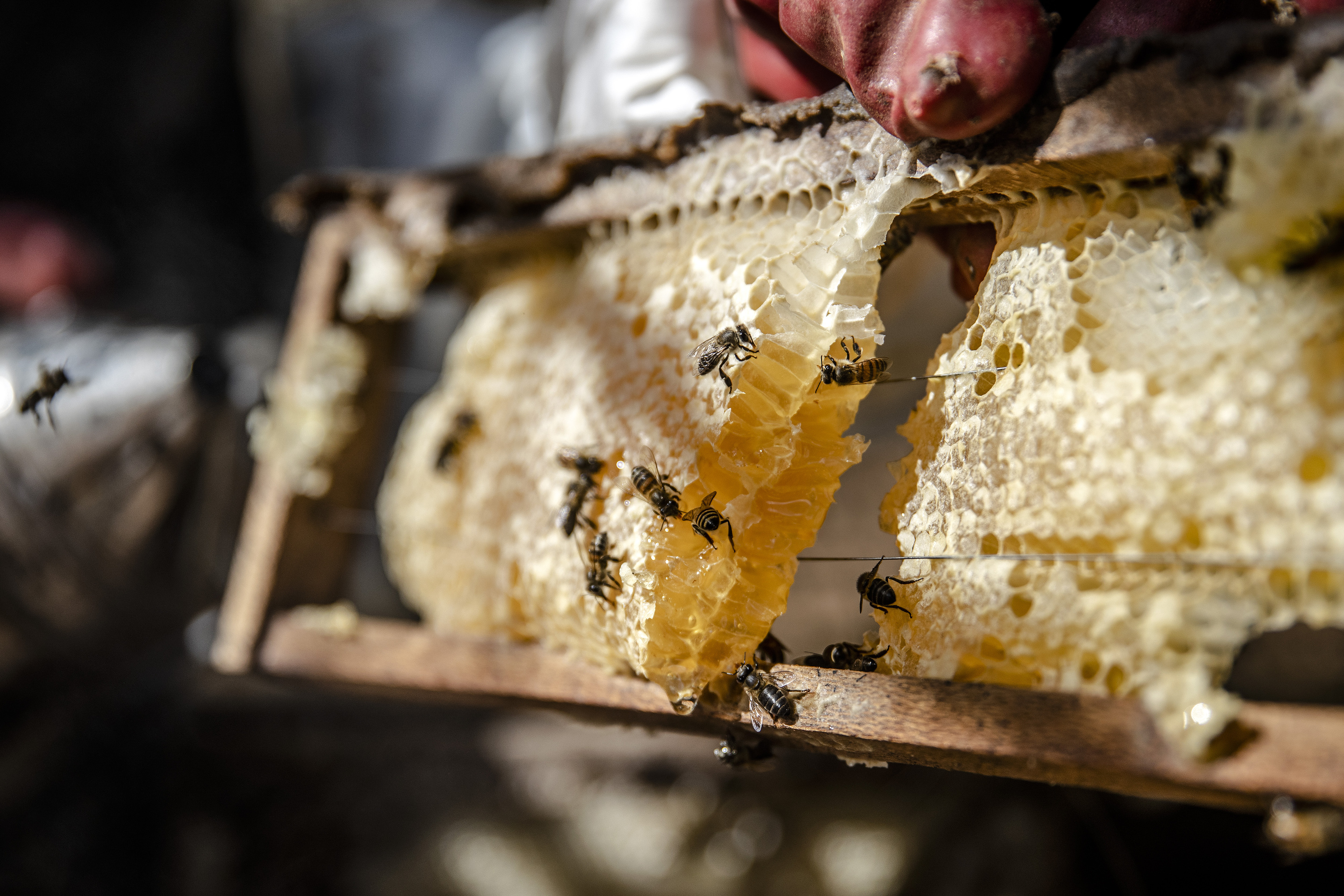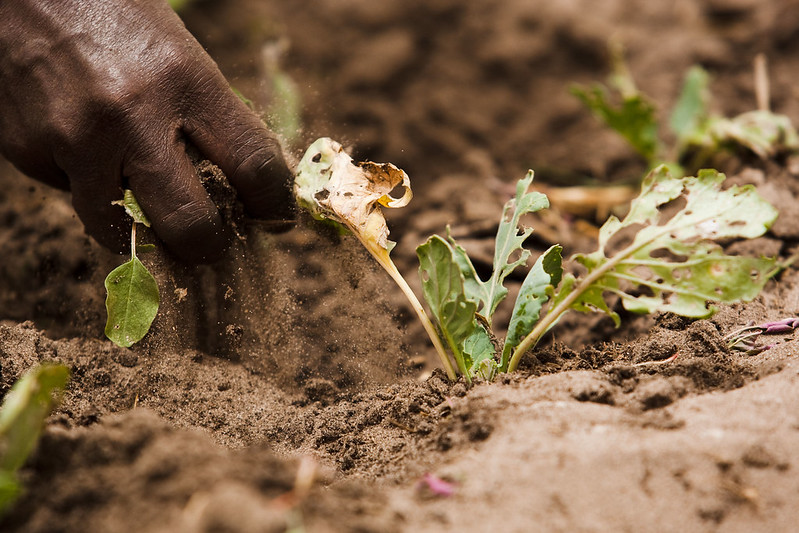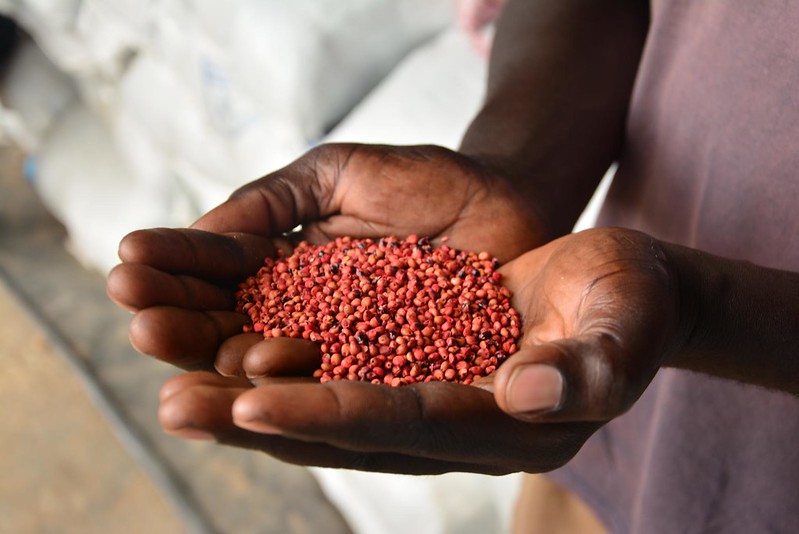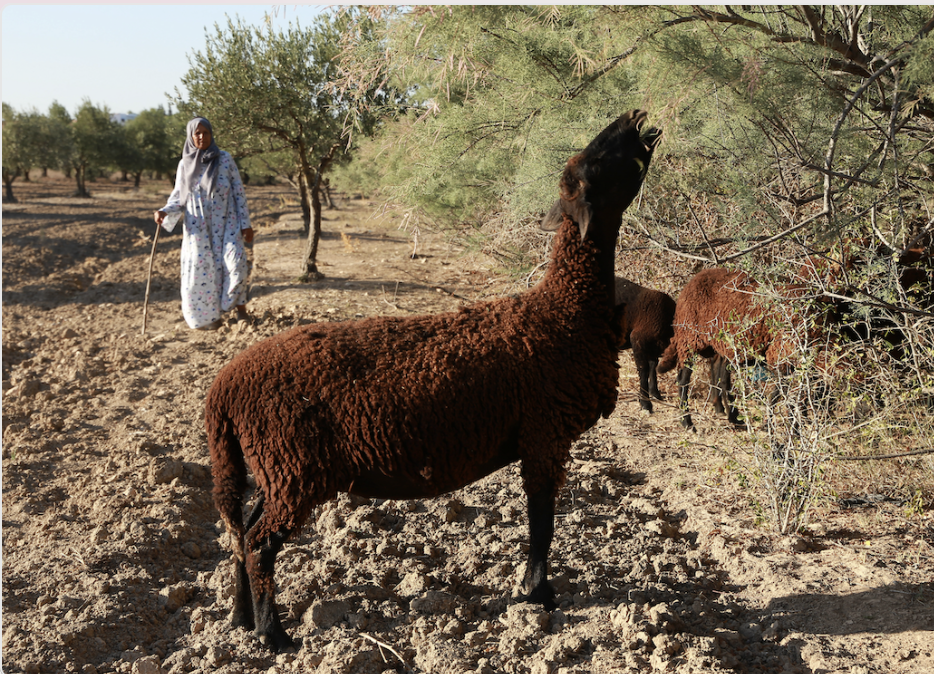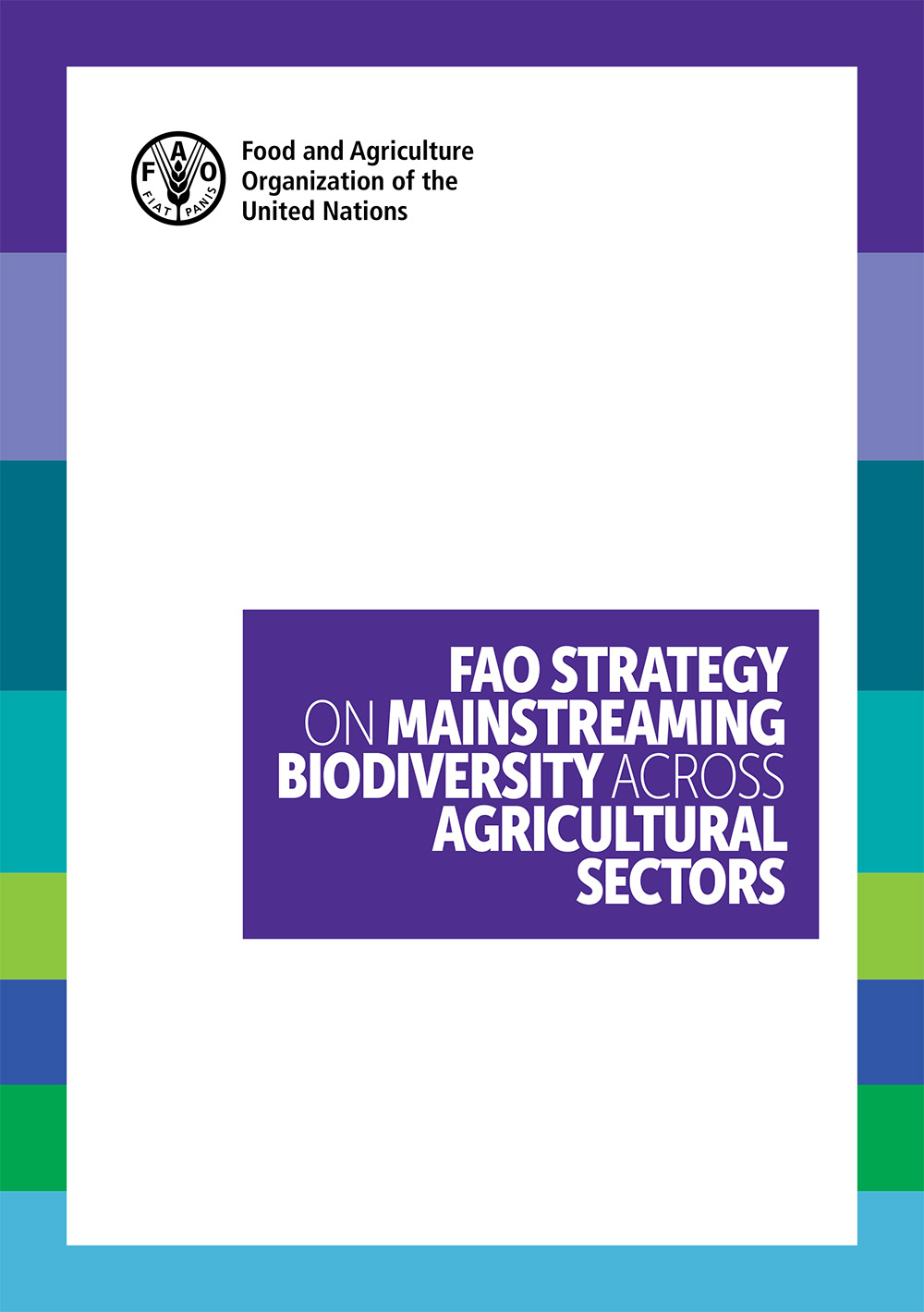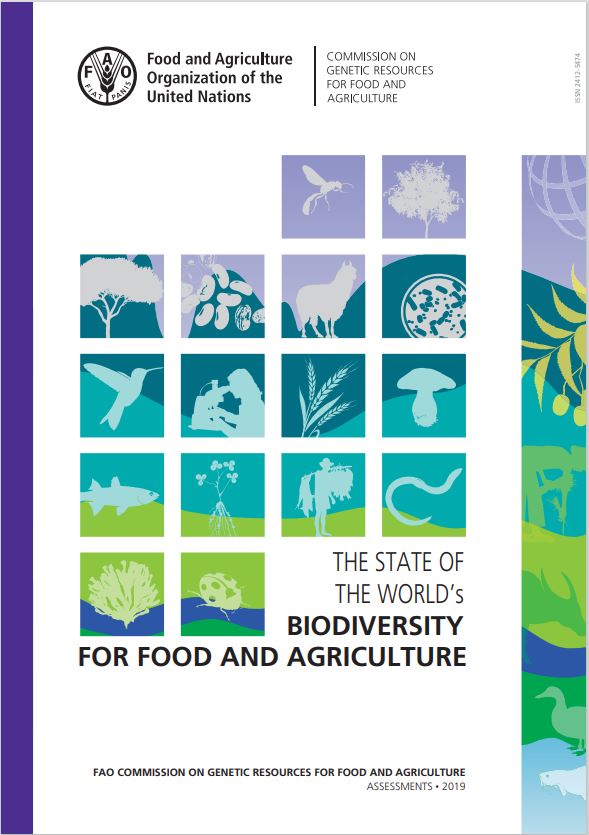Biodiversity is the foundation of sustainable agricultural production and food security.
Agrifood sectors – crop and livestock production, fisheries, aquaculture and forestry – manage significant parts of the land, freshwater and oceans. They depend on biodiversity and the ecosystem services it provides. But they also affect biodiversity in both positive and negative ways, impacting on livelihoods, food security and nutrition.
FAO’s projects, programmes and knowledge products help countries use, conserve and restore biodiversity in agrifood systems. This work is a key priority for FAO in its efforts to achieve its vision of a sustainable and food secure world for all.
FAO Climate Change & Biodiversity

